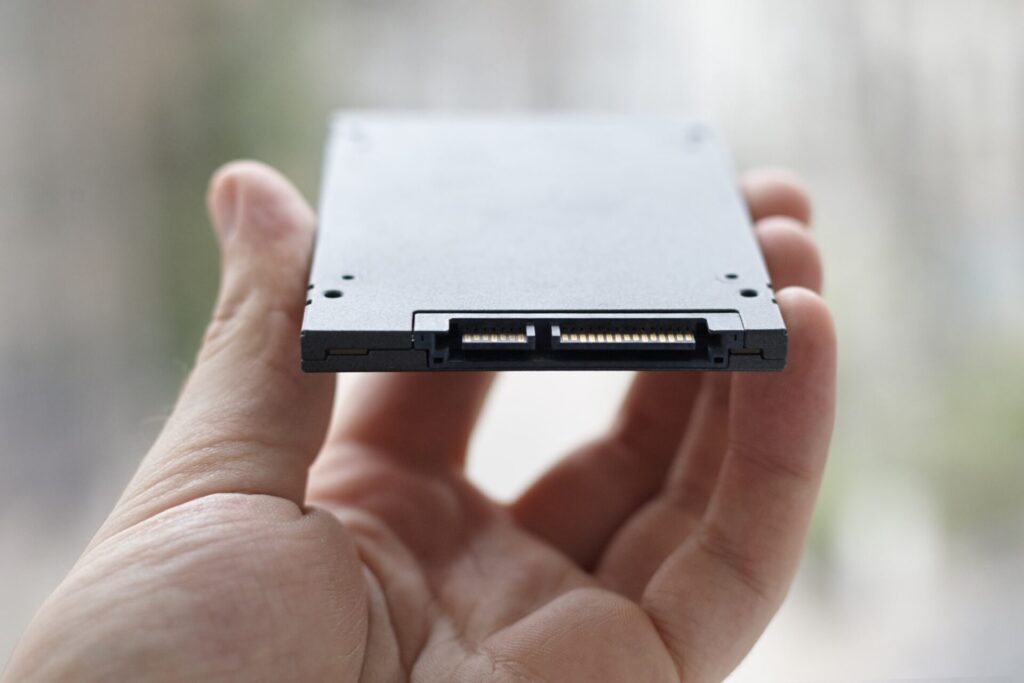
5 Areas to Consider When Choosing a Vehicle Camera System
Editor’s Note: This is part 1 of a 6-part series
In a 6-part series, we take an in-depth look at five critical areas to consider and questions to ask when deciding on a vehicle camera system for your fleet. Today we cover all five areas in Summary. Stay Tuned for weekly in-depth updates for each area.
1. What are my Fleets Specific Pain points?
As a transporter, although you might share specific pain points with other transporters across a wide variety of industries, your fleet has particular pain points that are generally unique to your operation. For example, the coal industry in South Africa faces significant challenges with coal theft, and the same applies to the fuel industry with petrol and diesel theft.
It is critical to identify your unique pain points before deciding which Vehicle Camera system to install in your fleet to ensure the technology will solve YOUR unique challenges in addition to the general challenges facing South African transporters. Part two of this series will cover the most common pain points transporters face and how Vehicle Video Telematics (VVT) can solve them.
2. What Communication technology does the system use?
Communication is one of the fundamental components of any telematics device. Generally speaking, a telematics device communication system will at least consist of GSM and GPS protocols and transmit data using an onboard SIM card. The efficiency and accuracy of this data is dependent on the type of broadband cellular network (e.g., LTE/3G/4G), which ultimately determines the speed and capability of the system. In Part three of this series, we will dive in-depth into various communication systems and how they add value to the overall solution.
3. What Cameras are being used to stream and record?
Camera quality is one of the fundamental criteria transporters should consider when deciding which vehicle camera system to use. The most significant factor to consider here is progressive scan. Most cameras in the market will either be sold/marketed as either 720p or 1080p (a common misconception is the “p” stands for “pixels”; in fact, the “p” in 720p or 1080p stands for progressive scan or simply progressive). Progressive scanning is essentially the successor to the previous analog methodology of displaying, storing, or transmitting moving images (otherwise known as videos). In part four of this series, we’ll guide you through the best configuration and technical specs for VVT systems and why this area is essential.
4. What storage devices are used?

Storage is crucial for any vehicle video telematics system (or any mobile device). Vehicle camera systems with onboard recording capabilities typically have a hard drive where data (video, audio, and telemetry) are stored. Storage is one of a vehicle camera system’s most crucial hardware components. In part five of this series, we will discuss different storage methods and differentiators and the impact this has on the overall solution.
5. How Real is “real-time”?
Look in the dictionary, and when searching for the meaning of “real-time,” you are typically presented with something along these lines; “the actual time during which a process or event occurs – where input data is processed within milliseconds so that it is available virtually immediately as feedback to the process from which it is coming.” In part 5 of this series, we will go through real-time as defined by the industry and explain why specific data must be delivered in real-time. We will also guide you on what to look for when real-time communication is a deciding factor in your operation.
When deciding on a Vehicle Camera System for your fleet, it is imperative to know which questions to ask and what the consequences of the answers have on your Fleet, Drivers, and ultimately the bottom line of your Business. We hope this series provides you with the necessary knowledge to make an informed decision when transitioning to onboard vehicle cameras. We look forward to sharing our in-depth thoughts and expert opinions with you over the next five weeks.
The FleetCam Team


